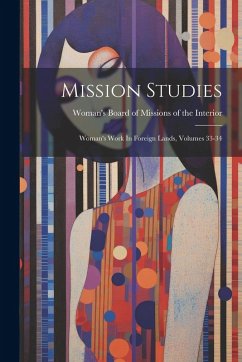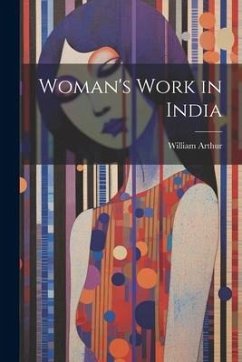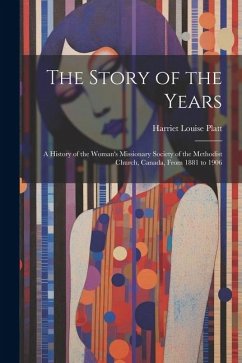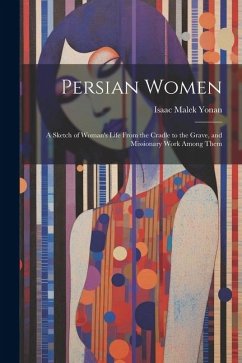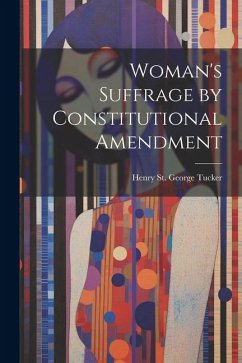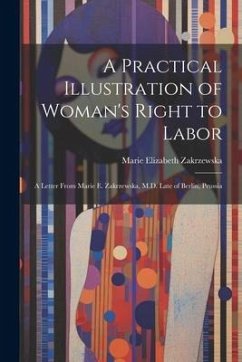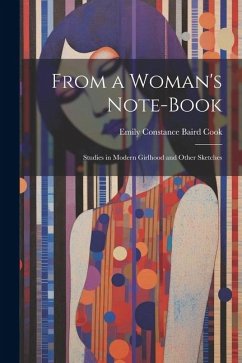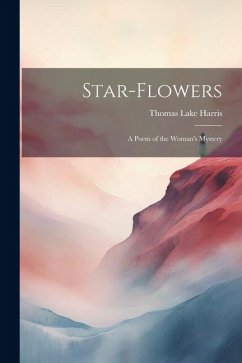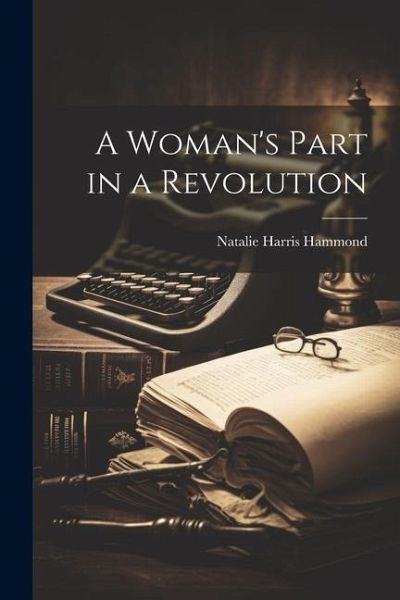
A Woman's Part in a Revolution
Versandkostenfrei!
Versandfertig in über 4 Wochen
18,99 €
inkl. MwSt.
Weitere Ausgaben:

PAYBACK Punkte
9 °P sammeln!
A first-hand account of the author's experiences as a nurse during the Russian Revolution of 1917. This memoir is a fascinating look at the role of women in the revolution and the impact of war on everyday life. This work has been selected by scholars as being culturally important, and is part of the knowledge base of civilization as we know it. This work is in the "public domain in the United States of America, and possibly other nations. Within the United States, you may freely copy and distribute this work, as no entity (individual or corporate) has a copyright on the body of the work. Scho...
A first-hand account of the author's experiences as a nurse during the Russian Revolution of 1917. This memoir is a fascinating look at the role of women in the revolution and the impact of war on everyday life. This work has been selected by scholars as being culturally important, and is part of the knowledge base of civilization as we know it. This work is in the "public domain in the United States of America, and possibly other nations. Within the United States, you may freely copy and distribute this work, as no entity (individual or corporate) has a copyright on the body of the work. Scholars believe, and we concur, that this work is important enough to be preserved, reproduced, and made generally available to the public. We appreciate your support of the preservation process, and thank you for being an important part of keeping this knowledge alive and relevant.





![Out Of The Depths, The Story Of A Woman's Life [by H.g. Jebb] Cover Out Of The Depths, The Story Of A Woman's Life [by H.g. Jebb]](https://bilder.buecher.de/produkte/71/71604/71604460n.jpg)

